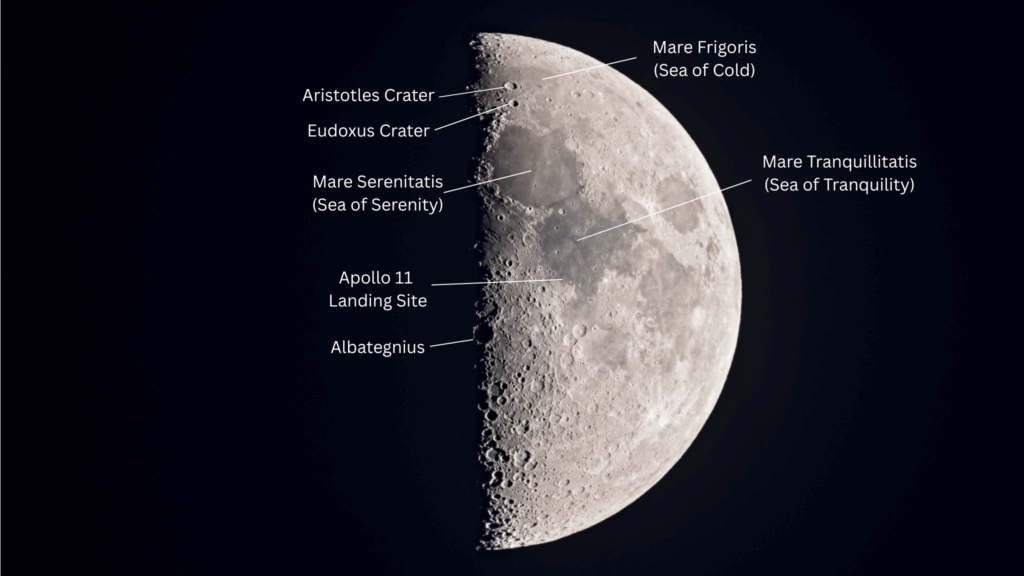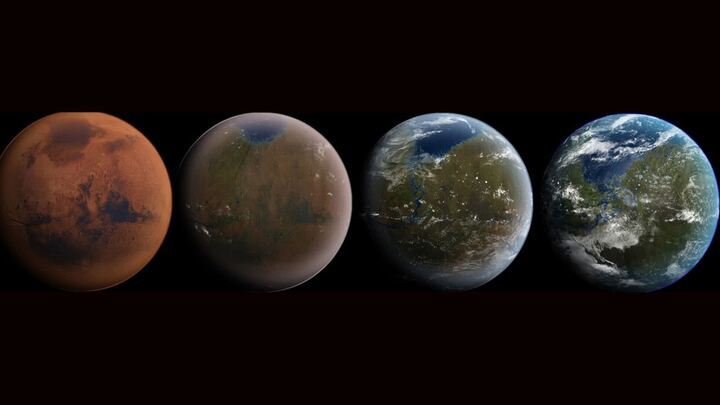While the James Webb Space Telescope is getting a lot of press lately, its predecessor the Hubble Space Telescope continues to impress; this time of the galaxy NGC 6956, a near-perfect example of a barred galaxy located about 214 million light-years away from Earth.
Barred galaxies, which get their name from the very prominent “bar” of stars that cut across the galactic nucleus, are among the most common type of galaxies in the known universe, making up an estimated 70% of all galaxies (opens in new tab). Bar structures are also far more common in galaxies with active galactic nuclei, as gas and other material is fed in toward the galactic core along these bars.
This process helps to eventually destabilize the bar (opens in new tab), however, as the more mass that is funneled to the galactic core, the more unstable the bar becomes, eventually softening the bar into the more traditional spiral formation — like that of NGC 2985 (opens in new tab) — that most people think of when thinking of a spiral galaxy.
Related: The best Hubble Space Telescope images of all time!

Related stories:
According to a image description by NASA (opens in new tab), this most recent photo of NGC 6956 was to look at Cepheid variable stars, which are stars whose luminosity cycles between bright and dim at regular intervals. This periods of brightening and dimming are directly related to a star’s actual brightness, we are able to calculate these variations in apparent brightness to the stars actual brightness, which allows us to determine their distance from us.
This is a crucial way for astronomers to determine the distance of extragalactic objects like NGC 6956, since there are few other ways to do so that we currently know of. There are other interesting features of NGC 6956, like a visible Type Ia supernova, which is the product of a white dwarf star exploding as a result of accreting matter from a companion star.
This type of supernova is another key method for determining the distance of far-away galaxies, since astronomers are able to measure how quickly a supernova dims to help measure its distance from Earth. And while filling in the galactic map in an accurate manner is useful in itself, repeated measurements of the distance of these extragalactic objects is an important tool for understanding the current rate of expansion in the universe.
Follow us on Twitter @Spacedotcom or on Facebook.


